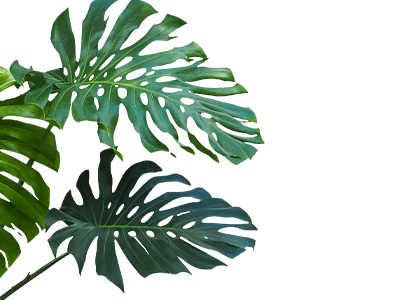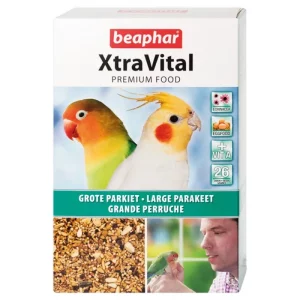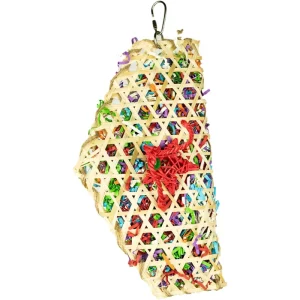
agapornis fischeria


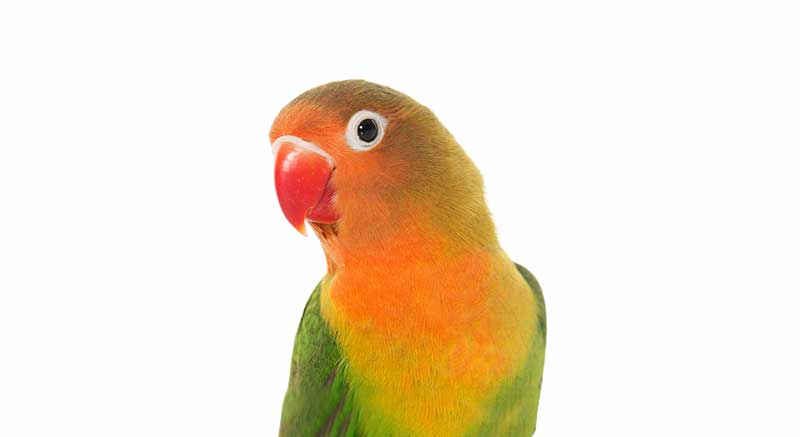
Fischeri Lovebird
Name Dutch: agapornis fischeria
Scientific name: agapornis fischeria
Origin: Africa
Age: About 10-16 years
Height:13-17 cm (depending on whether it is a show bird)
Birth: Egg laying (About 3 to 6 eggs per nest). These hatch after about 23 days.
Activity: Day active
Legislation: CITES B It is mandatory that the bird has a foot ring. Other legislation: Must be at least 54 days old before being allowed to leave their parents.
Climate: From a desert climate to a (sub)tropical climate.
Stay: A large cage or aviary with a loose java tree or playground.
Minimum size: Minimum dimensions 100x50x50cm. ''The bigger the better''.
Food: (70%) Pellets and/or Nutri-Berries in combination with (30%) seeds, fruit, vegetables and nuts. Always provide stomach grit with a seed mixture.



Description
The Agapornis fischeri is extremely smart and they love to sit together. They are therefore also called ''Lovebirds''. The advice is therefore to keep them in pairs, also called a couple (A male and a female Agapornis fischeri together). You can also choose to keep 2 male Agapornis fischeri together. With 2 ladies together we often see moths developing and it is therefore not recommended by us to put 2 female lovebirds together. Placing several pairs of Lovebirds together is also not recommended as the fischeri can sometimes be quite fierce against other species.
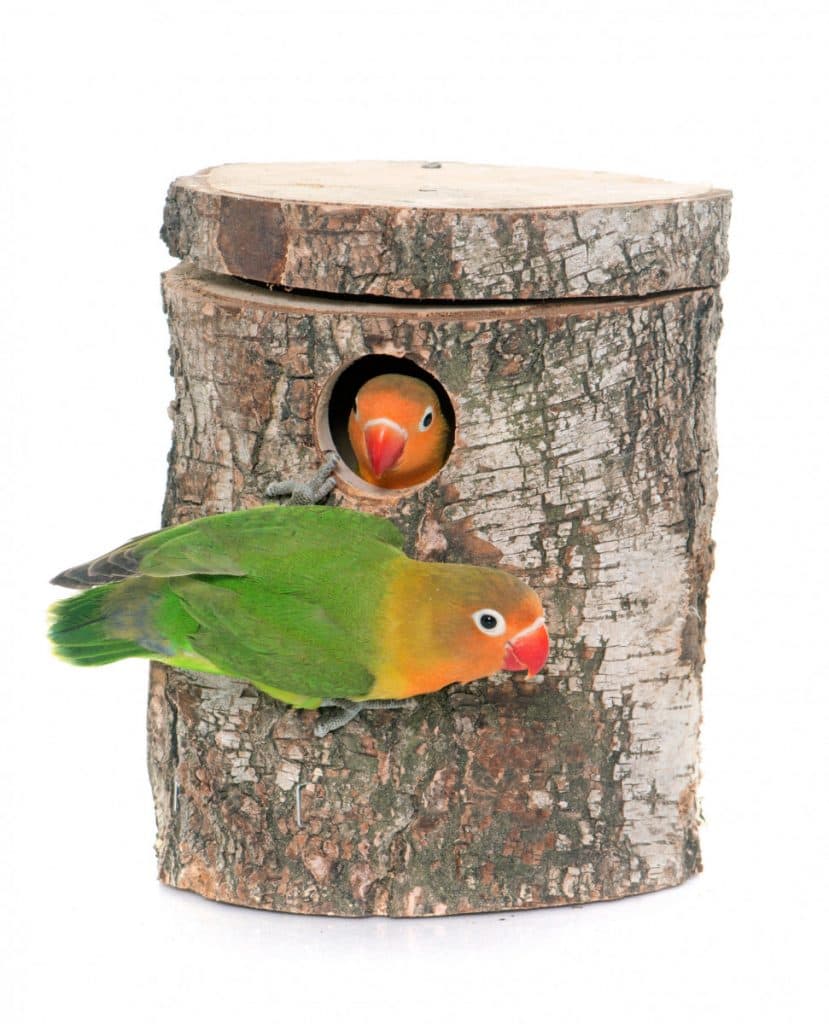
Reproduction
The Agapornis fischeri is sexually mature around 8 months of age. The advice is to wait until the birds are about 1 year old.
If a pair of Agapornis fischeri then decides to lay eggs, the female will lay around 3 to 6 eggs at a time. After about 23 days of incubation, the young hatch from the egg. They are completely dependent on the parents at that time. After about 5 to 6 weeks, the parents start feeding less and the intention is for the birds to become independent. After about 7 to 8 weeks, the young are independent and are no longer dependent on their parents.
The law states that the Agapornis fischeri may be removed from the parents after 54 days (''Animal Keepers Decree'' 1 July 2014). The advice is to actually do this as the parents often have a tendency to become aggressive towards the young when the young are independent. They're basically saying, ''You're old and wise enough now, get out of here. We want to continue together without your offspring." And they are generally quite heavy-handed about this. But on the other hand, never take them away before 54 days because during that time they also have to learn from the parents to become independent.




Gender
A male and a female (also called doll) Agapornis fischeri look exactly the same. Unfortunately, it is not easy to see from the outside whether it is a male or a female. It is said that a male has a thicker head than a female, but in practice the difference is minimal.
You can feel the leg bones. During the laying period, the pelvis of a female is slightly wider than that of a male. This is because an egg must be able to pass through the pelvis during laying. The legs then make room for the egg and thus become wider. Feeling the leg bones and drawing a conclusion whether it is a man or a doll is only for the experienced breeder and/or experienced bird worker. But even then, sometimes a mistake can still occur. Sometimes it can be determined whether it is a male or a female by a combination of feeling the leg bones and watching the behavior, females are brighter than males.
Our advice, if it is desired to know the sex of the Agapornis fischeri, to go to the vet for a DNA test. The vet can then examine by means of a drop of blood or a pulled out feather whether it is a man or a doll. It is also possible to send your own feathers to a laboratory. Only through research or breeding results can you be 100% sure whether it is a male or a doll.
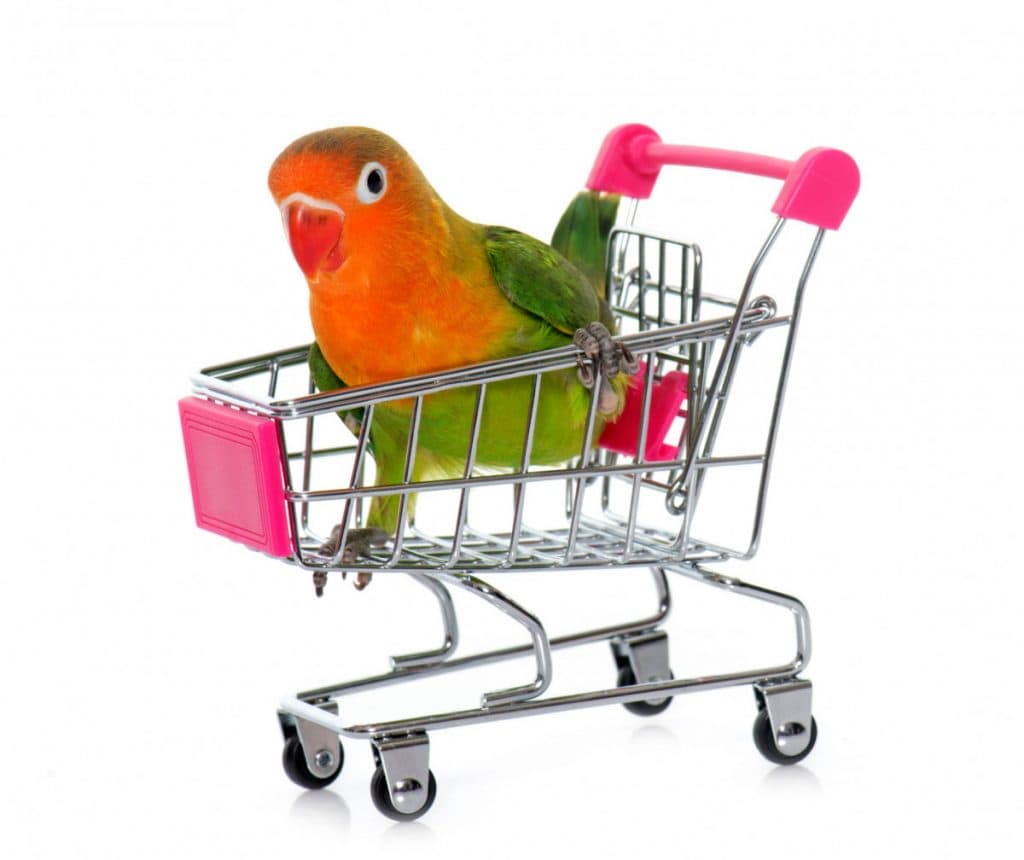
Behaviour
The Agapornis fischeri can be quite a noisy bird, especially when kept in pairs they can sometimes call the neighborhood together. Because the Agapornis fischeri is a real lovebird, it is also recommended to use lots of educational toys and feeding games to ensure that he can have a good time. Pieces of cork or scrap wood can also provide hours of entertainment and this also stimulates natural behavior.
An Agapornis fischeri is a bird that can sometimes be a bit more difficult for a novice bird keeper to tame. This is because the Agapornis fischeri can be very stubborn at times, just like a real parrot. Patience is (almost) always the answer. See if you can practice getting the Agapornis fischeri up and running. First, find what your Agapornis really likes and use that to lure him and get him off. Daily repetition will make the bird less afraid of you and really start to trust you.


More information?
Would you like more information about the Agapornis fischeri? Or do you want to know whether an Agapornis fischeri is right for you? Our bird staff are happy to help you! So come by soon to see what we have for sale. We always sell our birds with a guarantee. If there is something wrong, after this period you can of course always contact us!
